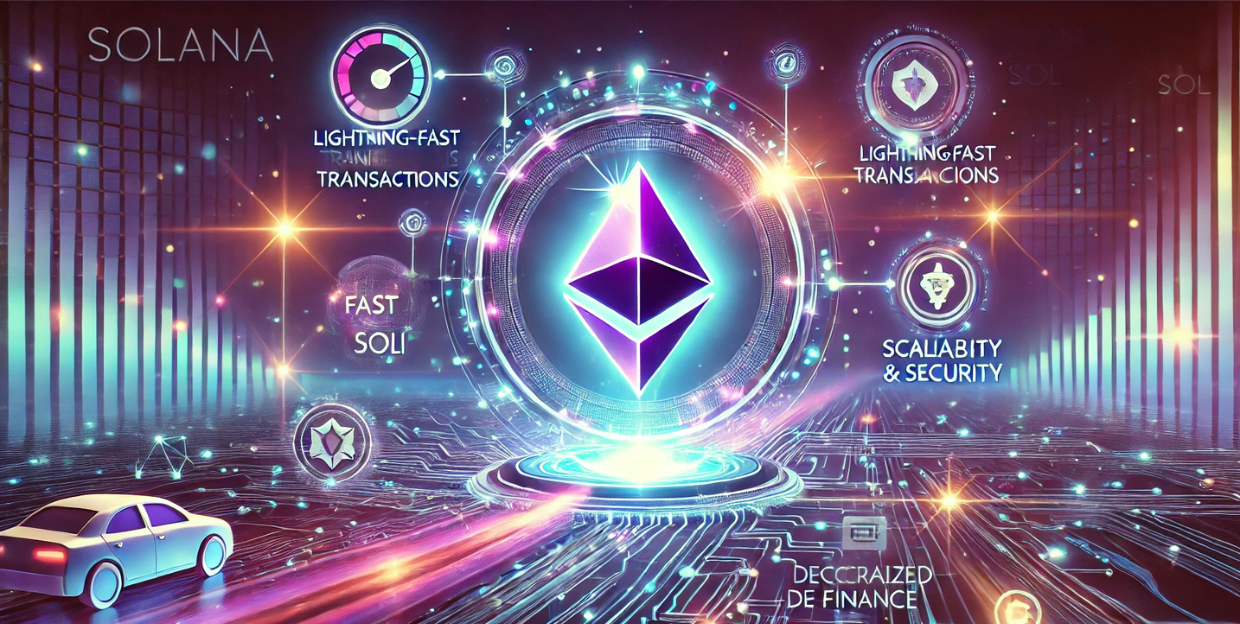
What Is Solana (SOL)? Understanding Its Functionality and Key Features
Solana (SOL) is a decentralized, open-source blockchain platform designed to facilitate the creation of decentralized applications (dApps) and decentralized finance (DeFi) projects. Known for its high scalability and fast transaction speeds, Solana has become a popular choice among developers and users alike.
How Solana Works
Solana operates on a unique consensus mechanism called Proof of History (PoH), which allows it to process transactions at an incredibly high speed. Here’s a breakdown of how it works:
-
Proof of History (PoH): This consensus algorithm creates a historical record of events, allowing nodes to agree on the order of transactions without needing to communicate with each other. This approach significantly reduces the time required for transaction validation.
-
Proof of Stake (PoS): Solana also uses a Proof of Stake consensus mechanism to validate transactions. Validators are chosen based on the amount of SOL tokens they hold, ensuring that the network remains secure and decentralized.
-
Transaction Speed: Solana can process thousands of transactions per second, making it one of the fastest blockchain platforms available. This speed is crucial for applications that require high throughput, such as gaming and DeFi platforms.
Will BlockDAG Outshine Solana and Cardano in 2025?
Key Features of Solana
-
Scalability: Solana’s architecture is designed to scale with demand, ensuring that it can handle a large number of users and transactions without significant increases in transaction fees.
-
Low Transaction Fees: Compared to other blockchain platforms, Solana offers very low transaction fees, making it an attractive option for developers and users.
-
Developer-Friendly Environment: Solana provides a robust set of tools and APIs that make it easy for developers to build and deploy applications on the platform.
-
Growing Ecosystem: Solana’s ecosystem is rapidly expanding, with numerous DeFi projects, NFT marketplaces, and gaming applications already built on the platform.
What to Know About Solana
-
Tokenomics: SOL is the native cryptocurrency of the Solana network. It is used for transaction fees, staking, and governance.
-
Investment Potential: Solana has been gaining traction as a potential investment opportunity due to its strong fundamentals and growing adoption.
-
Challenges and Risks: Like any blockchain platform, Solana faces challenges related to security, scalability, and competition from other platforms. Investors should be aware of these risks when considering SOL as an investment.
-
Future Developments: Solana continues to evolve with ongoing updates and improvements aimed at enhancing its performance and security.
Conclusion
Solana is a powerful blockchain platform that offers high scalability, fast transaction speeds, and a developer-friendly environment. As the cryptocurrency market continues to grow, Solana’s unique features position it as a strong contender in the DeFi and dApp development space. Whether you’re a developer looking to build on Solana or an investor considering SOL, understanding its functionality and key features is essential for navigating this dynamic ecosystem.
Read More: Solana Is Now ‘Quantum Resistant’—What Does That Mean?

